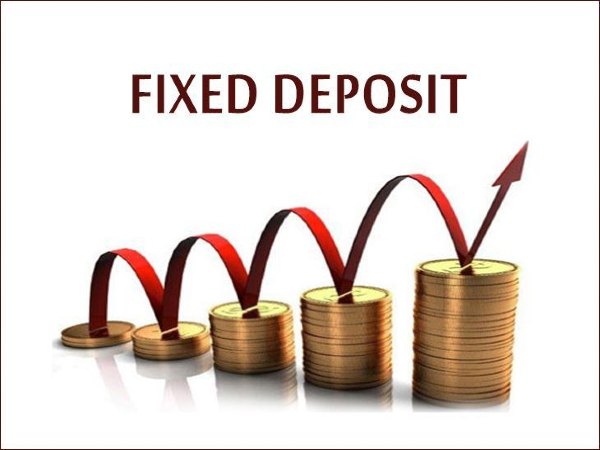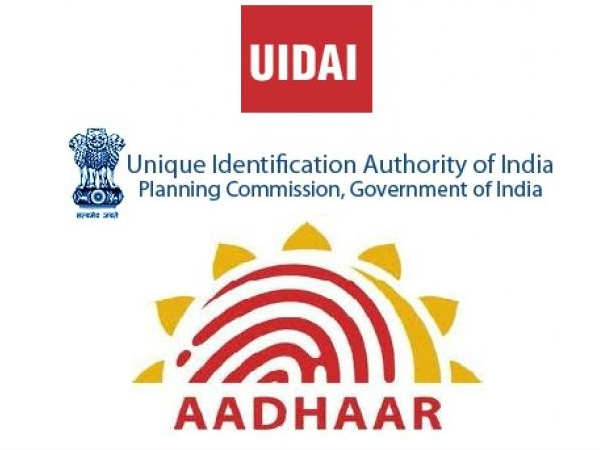What you need to know about the Nifty PE change
[ad_1]
Read More/Less
Whether the Indian stock market is in the midst of a bubble or in the midst of a strong bull run is the subject of furious debate today. One number that crops up often in such debates is the Nifty 50’s Price-Earnings (PE) ratio. Seasoned investors and professional fund managers often use the Nifty 50’s PE number to quickly gauge if markets are expensive or cheap. But the National Stock Exchange recently announced a change to the Nifty PE calculation that promises to reduce the index PE. Here’s how this will affect your investing decisions.
I read that Nifty PE will drop from 40 times to about 35 times on March 31, 2021. Does this mean Indian markets will become more attractive to buy?
This change in the Nifty50’s official PE ratio is due to a change in the method that the NSE uses to calculate this number. So far, the NSE has been calculating the Nifty PE ratio based on standalone earnings of the 50 companies that make up the index for the trailing four quarters.
Now, it plans to use consolidated earnings. According to Bloomberg, the standalone earnings of Nifty companies for the 12 months ended December 31, 2020 was about ₹371. When you divide the Nifty50 index value of 14,957 by this number, you get a PE of 40.3 times.
But Bloomberg puts the consolidated earnings of the Nifty firms at ₹420 for the same period. With this number, the Nifty PE ratio would fall to 35.6 times.
Now, this change does not make the Nifty50 more or less attractive because only the method of calculation has changed.
Had NSE used the consolidated PE all along, it would have been in the 35 range even now.
But we’ve gotten by with the standalone earnings for so long. Why this change now?
Because this is a more accurate representation of the true profitability and valuation of Nifty companies. Standalone earnings of a company reflect only the profits made by it alone, without considering the operations of its subsidiaries.
A decade ago, companies making up Nifty did not really have too many subsidiaries that made a material contribution to their profits. But this has substantially changed in the last decade, with many companies making large overseas acquisitions, and banking companies diversifying into new lines of business such as insurance and mutual funds.
These subsidiaries today make very material contributions to the parent’s performance. This has made it imperative for investors to track the consolidated earnings of Nifty firms more than their standalone earnings.
Today, Bloomberg data tells us that the consolidated earnings of Nifty are about 16 per cent higher than the parent’s earnings. In the last 10 years on the average, Nifty’s consolidated earnings have been 14 per cent higher than the standalone earnings.
What decides the gap between consolidated and standalone earnings?
Given that the global subsidiaries of Indian Nifty firms account for much of this gap, Nifty’s consolidated earnings are likely to be much higher than standalone earnings when the global economy does better than the India.
Now that we have a new PE calculation, how will we know if the index is expensive or cheap based on history?
If we average the monthly PE for the Nifty50 over the last 10 years using time series data from Bloomberg, the average based on standalone earnings is about 23 times. Using consolidated earnings reduces the long-term average PE to about 20 times. This may be the new benchmark against which you should measure the Nifty PE (after March 31) to gauge whether it is expensive or cheap.
Useful, but can we know the Nifty PE levels at which previous bull markets topped out? And where did it find bottom?
The dotcom bubble popped when the Nifty PE hit 26.5 times at an index value of 1,662 points on January 10, 2000. At that time, there wasn’t much of a difference between the Nifty’s standalone and consolidated earnings. The more recent infrastructure, real estate powered bull market from 2003 to 2008 topped out when Nifty50 hit 6,357 points. At this index level, Nifty’s official PE based on standalone earnings was 26.5 times. But reworking it based on consolidated earnings leads to a PE of 23.3 times.
After the dotcom crash, the Nifty bottomed out at about 850 points at an PE of 12.3 times – both consolidated and standalone. In the meltdown induced by the global financial crisis, the Nifty wasat about 2,500. The official Nifty PE based on standalone earnings was then at 10.7 times, but based on consolidated earnings it was at just 9.2 times. Broadly, therefore, history suggests that you should be wary of market valuations when the Nifty consolidated PE exceeds 22 and look for bear markets to end when the PE hovers in the broad range of 10-13 times.
Are we to infer that the market remains quite expensive, irrespective of whether we use consolidated or standalone earnings?
Yes. The Nifty PE would need to fall to the 20-22 times before you can deem valuations normal. Purely relying on arithmetic, this can happen in two ways. If Nifty earnings remain unchanged as of today (₹420), the index would need to correct to 9,240 levels to moderate the Nifty PE to 22 times. Alternatively, if the index were to stay put at 15,000 levels, Nifty earnings would need to bounce back to ₹680 levels on a consolidated basis to moderate the PE. Both metrics can also meet somewhere in-between.
[ad_2]























 How To E-File Revised Income Tax Return?
How To E-File Revised Income Tax Return?
